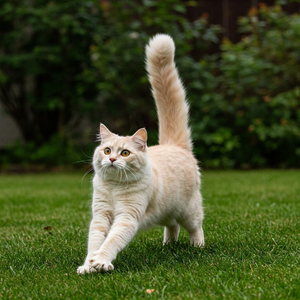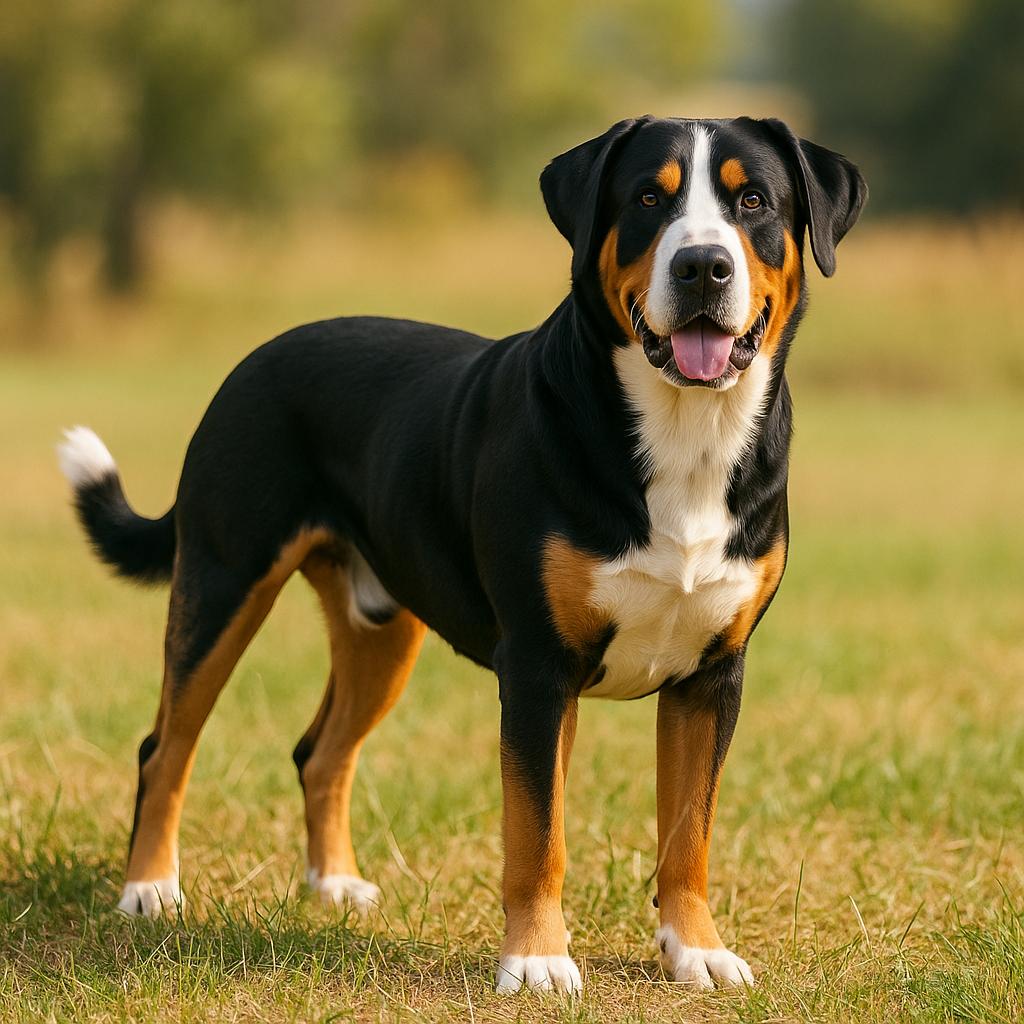
The Great Swiss Cattle Dog: Unique Breed Aspects
The breed of dog, the Great Swiss cattle dog, officially originated in 1908 by Dr Albert Heim at a Bernese cattle dog show, who noticed a particularly large, short-haired specimen and, with great passion, came up with the idea of cataloguing the new breed.
In fact, the large Swiss cattle dog is a cousin of the Bernese, but with a shorter coat and about ten kilograms more weight. Today, in addition to Switzerland, the Great Swiss Wolfhound is also widespread in other European countries, especially in Germany, Austria, the Netherlands and Denmark, but much less so than its Bernese cousin. Elsewhere it is almost unknown.
The true origins of the Great Swiss cattle dog are lost in time. It is descended from the ancient war molossi that were brought to Swiss soil by Roman legionaries on expeditions to the Alps together with a direct ancestor of the Swiss cattle dog. These large molossi were excellent herd guardians and were used for a long time as farm dogs, used for work such as pulling and transporting.
In more recent times it has been a helper of the Swiss confederates during fights since the Middle Ages. Today it is generally appreciated as a companion and guard dog, and in the absence of herds, it looks after mankind, always calm and reliable. It is also used as a guide dog for the blind and as a civil defence dog.
Character of the large Swiss cattle dog breed
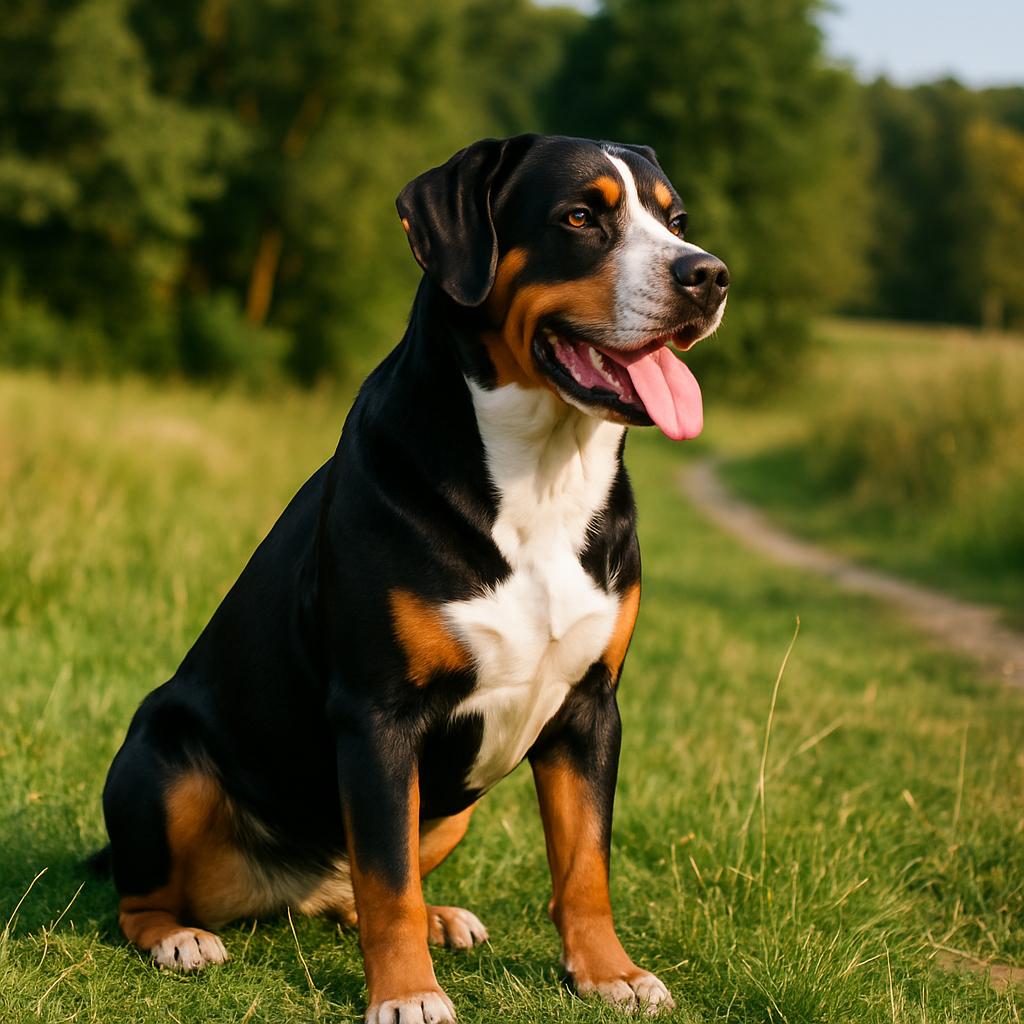
It feels loneliness very much, always seeking its owner's company, both to protect it and not to be alone, in fact it has an almost morbid need for affection and human company. This breed is very self-confident and is not afraid of strangers. However, at the same time, it also has the protection of its loved ones at heart, which is why it is an excellent guard dog.
The Swiss cattle dog is not a dog suitable for living in a flat, precisely because of its size, so a rather large garden where it can spend a few hours a day in the open air would be ideal, although the rest of the time it wants to be with its family, of which it feels a part and to which it is very attached, including children with whom it loves to play.
Generally in a calm mood, if well socialised as a child he will be able to communicate respectfully with his peers. And if socialised as a child, he will also have no problem socialising with a cat when he grows up.
Appearance of the Great Swiss Shepherd dog breed
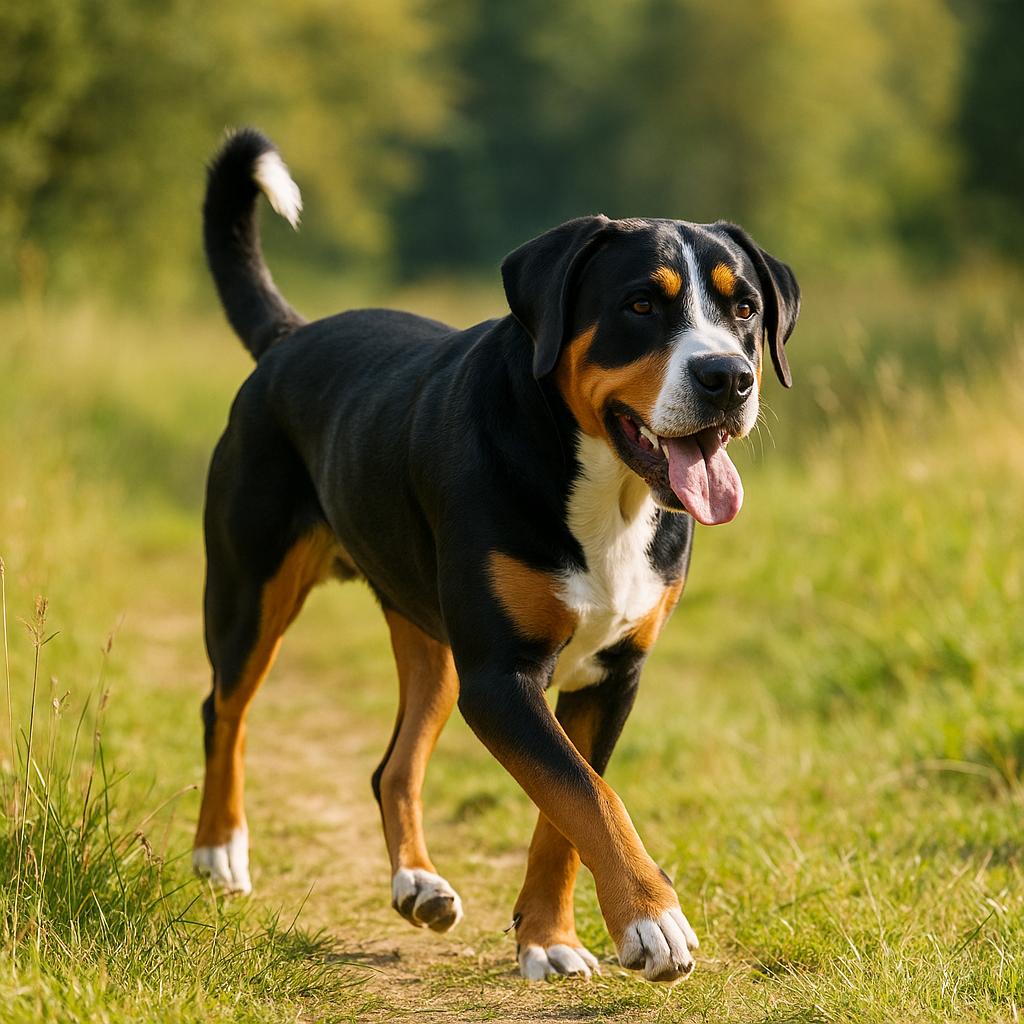
The general appearance of this dog is that of a muscular and imposing animal, which despite its size and weight is active and shows remarkable stamina. The neck is powerful, without dewlap. The chest is deep, prominent, muscular and descending to the elbow. The limbs are well straight and solid, without being extremely massive. The tail is long and carried low or at most a little arched during movement.
The head is very powerful but not heavy, it is proportionate to the body, the skull is flat and wide, the muzzle is longer than deep and is not pointed and has the classic black truffle. The eyes are almond-shaped, of medium size, hazel to brown in colour, with an always alert and friendly expression. Ears: medium sized, triangular and set rather high.
The coat of the Great Swiss cattle dog is divided into three colours. The basic coat colour is black, with reddish-brown markings and white patches. The coat is double with dense, medium-length cover coat and dense, dark grey undercoat.
Care and health of the Great Swiss Shepherd dog breed
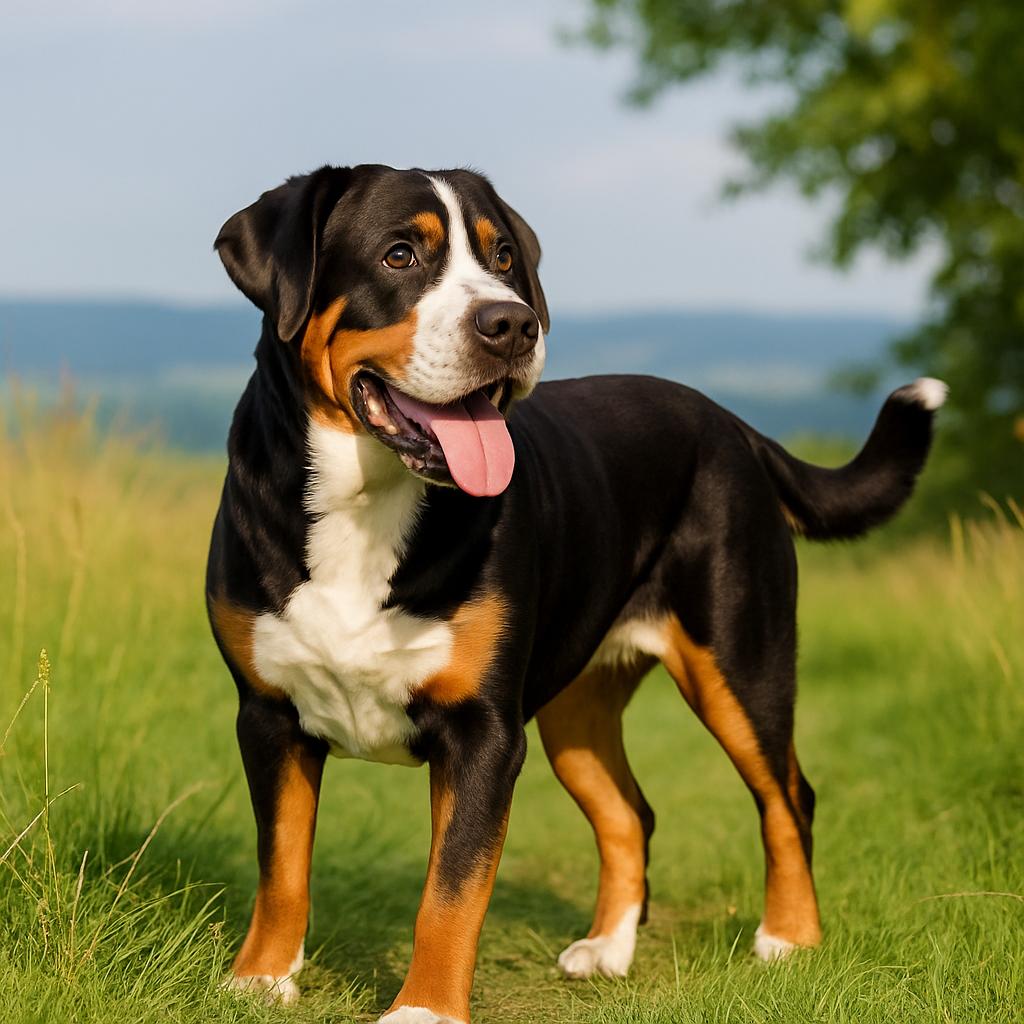
As a matter of fact, its double coat means that it does not suffer from cold or bad weather, whereas heat is very uncomfortable for it. As for the care of his coat, it is sufficient to brush it once a week to keep it shiny. Bathing, if necessary, while it is important to pay attention to the hygiene of the skin, coat, eyes and ears, ensuring cleanliness and the absence of parasites.
As far as feeding is concerned, he does not require large quantities of food and is by no means greedy. A balanced diet in keeping with its lifestyle is ideal. It must be remembered, however, that this dog needs a lot of exercise.










